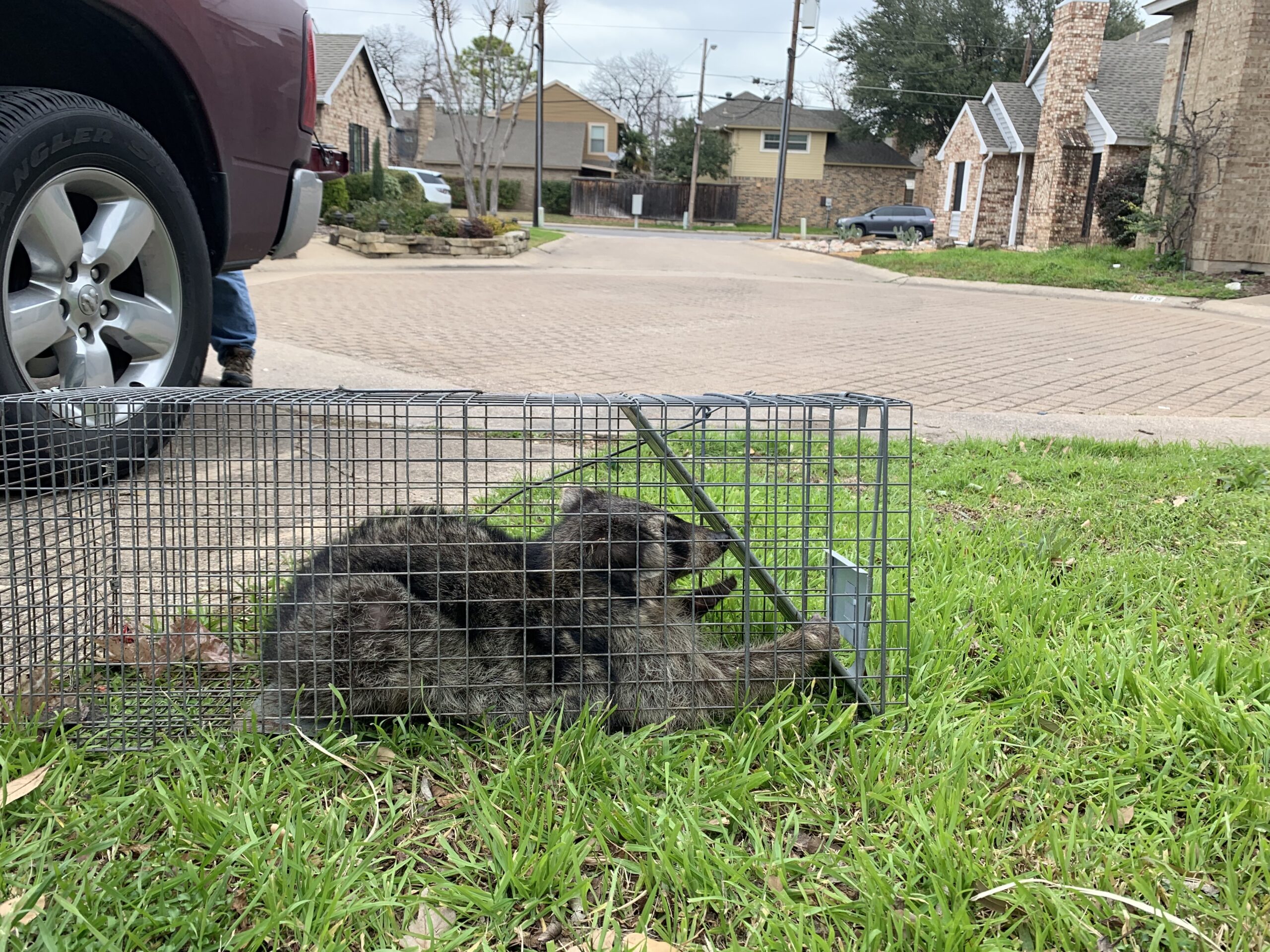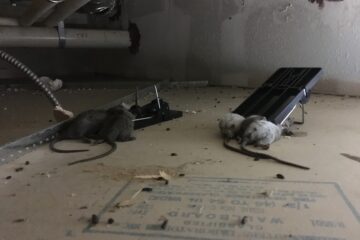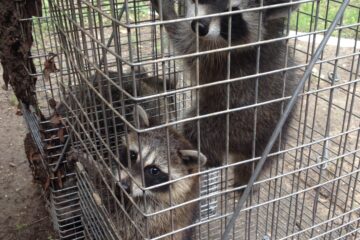Understanding the lifecycle of rodents is crucial for effective pest management. Rodents, such as mice and rats, have rapid reproduction rates and exhibit specific behaviors and habits at each stage of their lifecycle. By gaining insights into their lifecycle, you can implement targeted control measures and prevention strategies. In this article, we will explore the lifecycle of rodents and provide valuable insights for effective pest management.
- Breeding and Gestation:
Rodents have a high reproductive capacity, allowing their populations to grow quickly. Female rodents reach sexual maturity at around 5-6 weeks of age, while males mature slightly later. Once mature, female rodents can produce multiple litters in a year, with a gestation period of approximately 19-21 days. A single female can give birth to a litter of 6-12 pups.
Insights for Pest Management:
– Early Detection: Identifying signs of rodent activity, such as droppings, gnaw marks, or nests, is crucial for early intervention.
– Rapid Response: Taking prompt action upon detecting a rodent infestation can prevent exponential population growth.
– Targeted Trapping: Placing traps strategically in areas of high rodent activity, near nesting sites, and along known pathways can effectively capture breeding adults.
- Nesting and Maturation:
After birth, rodent pups are blind, hairless, and dependent on their mother for survival. The mother builds nests using materials such as shredded paper, fabric, or insulation. Pups develop quickly, growing fur and opening their eyes within 10-12 days. They begin exploring their surroundings and are weaned by around 3-4 weeks of age. At this stage, they start feeding on solid food and can venture out of the nest.
Insights for Pest Management:
– Nests Identification: Locating and removing rodent nests is crucial to disrupt their breeding and eliminate their harborage areas.
– Trapping and Removal: Placing traps near nesting areas can capture maturing pups and prevent them from establishing new nests.
– Sanitation: Ensuring proper sanitation and cleanliness reduces the availability of nesting materials and discourages rodent activity.
- Foraging and Feeding:
As rodents mature, their focus shifts to foraging and obtaining food. They have voracious appetites and can consume a wide range of items, including grains, seeds, fruits, nuts, and even human food waste. Rodents are excellent climbers and can access food sources stored in elevated areas or containers that are not properly sealed.
Insights for Pest Management:
– Food Source Elimination: Properly storing food in rodent-proof containers and cleaning up spills or crumbs can reduce their attraction to your property.
– Garbage Management: Securing garbage bins with tight-fitting lids and regularly emptying them minimizes potential food sources for rodents.
– Exclusion: Sealing entry points and blocking access to food storage areas prevents rodents from reaching their desired food sources.
- Movement and Dispersal:
Rodents are highly mobile and can travel significant distances in search of food, water, and shelter. They are adept climbers and can enter buildings through small openings and gaps in walls, floors, or roofs. Additionally, rodents can burrow into the ground, accessing structures from below.
Insights for Pest Management:
– Entry Point Identification: Conducting thorough inspections to identify potential entry points is crucial for effective exclusion.
– Sealing Entry Points: Using materials like steel wool, wire mesh, or caulk to seal gaps, cracks, and openings prevents rodent access.
– Landscaping Management: Trimming vegetation and maintaining a clear zone around the building’s perimeter minimizes rodent hiding places and access points.
Understanding the lifecycle of rodents provides valuable insights for effective pest management. By targeting breeding adults, removing nests, implementing preventive measures, and disrupting their access to food, water, and shelter, you can significantly reduce rodent populations and prevent infestations. Early detection, rapid response, targeted trapping, sanitation practices, exclusion techniques, and regular inspections are key components of successful rodent management. By considering the different stages of the rodent lifecycle, you can implement a comprehensive approach that ensures long-term rodent control.




